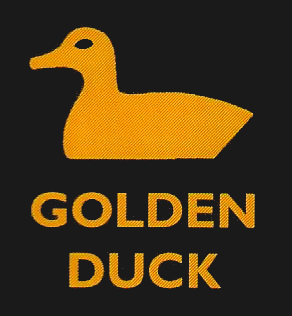Reeds VHF Handbook
Andy du Port
Reeds
£17.99
This is a handbook for people who need to take the Short Range Certificate in order to operate their VHF, whether fixed or handheld, legally -- or supervise others as they do so. Many people will have taken this short exam in the past and have the certificate stowed with their ship’s papers – but did it all sink in? Easy enough to remember the day-to-day use, calling a marina for a berth or monitoring channel 16, not necessarily second nature to remember the crisis procedures or be aware of the more mundane uses of the MMSI system. Andy du Port is keen to promote the ways DSC calling can be used to take some of the pressure off the Channel 16 system, not something everyone will have considered.
The text begins with explanation of the part played by VHF in the overall GMDSS system and how the proliferation of AIS has affected our awareness of others at sea. I recently purchased a new handheld VHF with GPS and AIS and regret to say had to seek out a more technically adept friend to mute the collision alarm, in order to make the set fit for ordinary use. Andy du Port’s book doesn’t offer that type of advice (I should have scoured the manual), instead he presents the more general overview of the part AIS plays in collision avoidance. It doesn’t substitute for radar and isn’t included within the Colregs. What his book offers is a framework within which one might become sufficiently confident to use DCS to establish contact with a possibly unaware ship and avoid a close quarters situation – as well as a handy refresher course for that exam.
Presentation is attractive and the message is simple, read this book, understand and memorise its information, try a practise exam and then either do the real thing if you need the certificate, or put to sea again with renewed confidence that you’re properly up to date.
